
Gastric problems are a common problem these days and every person experiences it at some point of time. It often leads to an embarrassing position and has both psychological and physical effect on a person. Gas can be annoying at times not only for the person who is suffering but also the nearby people.


Transition between these two poses to warm up your spine and relieve the tension in your back and neck.
How to do it: Get on your hands and knees on the floor. Inhale, making sure your back is flat and your abs engaged. Exhale, drop your head and round up your spine for cat pose. On an inhale, arch your back, lifting your head and butt for cow pose. Switch back and forth between the two poses, connecting your inhale with cow pose and exhale with cat pose. Repeat several times.
Tone your belly, and get a good stretch and twist with this pose.
How to do it: Stand and take a big step back with your right foot, turning it towards the side of the mat. Spread out your arms. Keep your spine long as you hinge forward at the hip. Float your left hand down to the floor. Raise your right arm, keeping your arms spread out. Look up to your right hand. To exit the pose, look down to your left foot before you straighten up. Repeat on the other side.
Modification: Float your forward hand down to your shin, or a yoga block placed beside your foot.

Also known as the resting pose, this is a basic move you can use for a relaxing stretch. Stay in this position for five breaths or more.
How to do it: Sit on your knees and feet with your legs spaced wide apart. Lean forward, stretching your arms in front of you. Then, keeping your back straight, place your forehead on the floor.
Modification: To make it easier to hold the pose, rest your head on a block or a pillow.

This simple stretch helps you relax, and relieve some of the stress that's affecting your digestion.
How to do it: Sit on the floor with your legs in front of you. Keeping your back straight, slowly hinge forward at the hips and lower your torso. Stay there for five to ten deep breaths.
Modification: Lower yourself as far as you can, but keep it comfortable and feel the stretch.

This pose opens up your chest, and helps strengthen and tone your legs.
How to do it: Stand with your feet together. Bend your knees like you're sitting in a chair. At the same time, raise your arms up beside your ears. To exit the pose, straighten your arms on an exhale. Then, rise to a standing position, and bring your arms down to your sides. "For more dynamic action, you can move out of the pose and into a standing position on alternating breaths.
Modification: Leaning against a wall will help you hold the pose. If you're stiff, you can separate your feet so that they're hip-width apart.

Use this twist pose to soothe and tone your abdomen.
How to do it: Lie down, hug your knees and inhale. As you exhale, drop your knees to the left, using your left hand to push them down gently. Then, turn your head and stretch your arm out to the right. Stay for five to ten breaths. Inhale, and return your hands and knees to center. Repeat on the other side.

This mild inversion helps your blood flow, making you feel more energized.
How to do it: Lie on the floor and bend your knees. Keep your arms beside your body and your feet flat on the floor. Move your hips up to give your chest a good stretch. To better aid your digestion, try this variation. "Press one hip up and hold the pose. Take five breaths, then switch to the other side.
Modification: Keep your hands under you as you arch your back and open your chest. You can also clasp your hands and interlace your fingers under your back.
Since you're doing this twist pose from a seated position, you have more control over your stretch.
How to do it: Sit with your legs extended. Bend your right knee and place your heel close to your body. Reach your right arm behind you and place your palm on the floor. Your left elbow goes on the outside of the right knee to help you twist. Stay for five or more breaths, deepening the stretch every time you exhale. Then release the twist and repeat on the other side.

Use this move when you've eaten too much. It will stretch out your belly and ease stomach cramps.
How to do it: Sit down on your heels and lean back, placing your palms about eight inches behind you, with your fingertips pointing away from you. Press your hands into the ground, lift your chest and arch your back. You should feel your hips pushing into your heels. Increase the stretch by lowering your head behind you. Feel the stretch in your throat and chest. Hold for five breaths, and then sit up.
Modification: You can do this pose while sitting in a chair. Lift your chest, arch your back and feel the stretch.

Do this all-over stretch to energize your mind and body.
How to do it: Stand with your feet hip-width apart. Keeping your back straight, hinge forward and press your palms to the ground. Hold the pose for five to ten breaths. Alternate with child's pose.
Modification: Place your feet further back, and bend your knees to make it easier to keep your back straight.
Hold this pose to strengthen your spine and relieve tension in your neck and back.
How to do it: Stand with your legs apart, and bend forward from the waist. Keeping your back straight, place your hands on the floor.
Modification: Can't reach the floor? Place your hands on a yoga block or your furniture to help you hold the pose.

You'll want to do this simple stretch—also known as the wind-relieving pose—to gain relief from bloating and gas pains.
How to do it: Lie down, relax and inhale, placing your hands on your knees. Exhale, and hug your knees to your chest. Rock your knees from side to side to maximize the stretch. Stay for five to ten breaths, and release your knees. Repeat this move a few more times.
Modification: Bring up your knees as far as it is comfortable. To vary the stretch, you can do one side at a time. Leaving your left leg extended, bring up your right knee and hold it for five or more breaths. Then, switch to the other side.

As you end the exercise, take a moment to breathe deeply for up to five minutes. "This is the best way to wind up your yoga practice for a final healing to the digestive system.
How to do it: Exhale deeply through your nose. Then, inhale slowly through both nostrils. Repeat five to ten times, each time focusing intently on your breath.
"Meditation" and "mindfulness" are buzzwords these days for good reason. Yogis have been practicing dhyana (meditation) for millennia. Get expert insight here on meditation and its symbiotic relationship to yoga. Use our hub as your go-to resource for simple tips and guided practices to quiet your mind and make meditation part of your modern daily life.
After a strenuous workout that involves stretching, twisting, contracting, and inverting of muscles, Shavasana allows your body to rest and regroup. Even the most neglected muscles will get some time to let go of their stress in such a short span of time. Yoga furnishes the nervous system with a whole lot of neuromuscular information. Shavasana helps your nervous system integrate this information before your mind gets busy with the regular stress of the day.

We provide yoga services in all life style disorders and wellbeing
Heart conditions that include diseased vessels, structural problems and blood clots.
Read More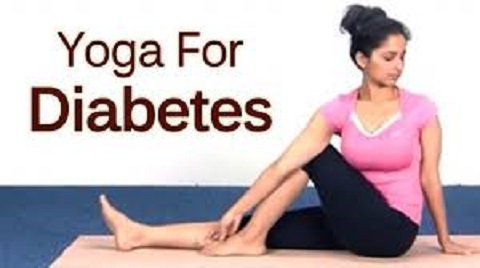
Diabetes - A group of diseases that result in too much sugar in the blood (high blood glucose).
Read More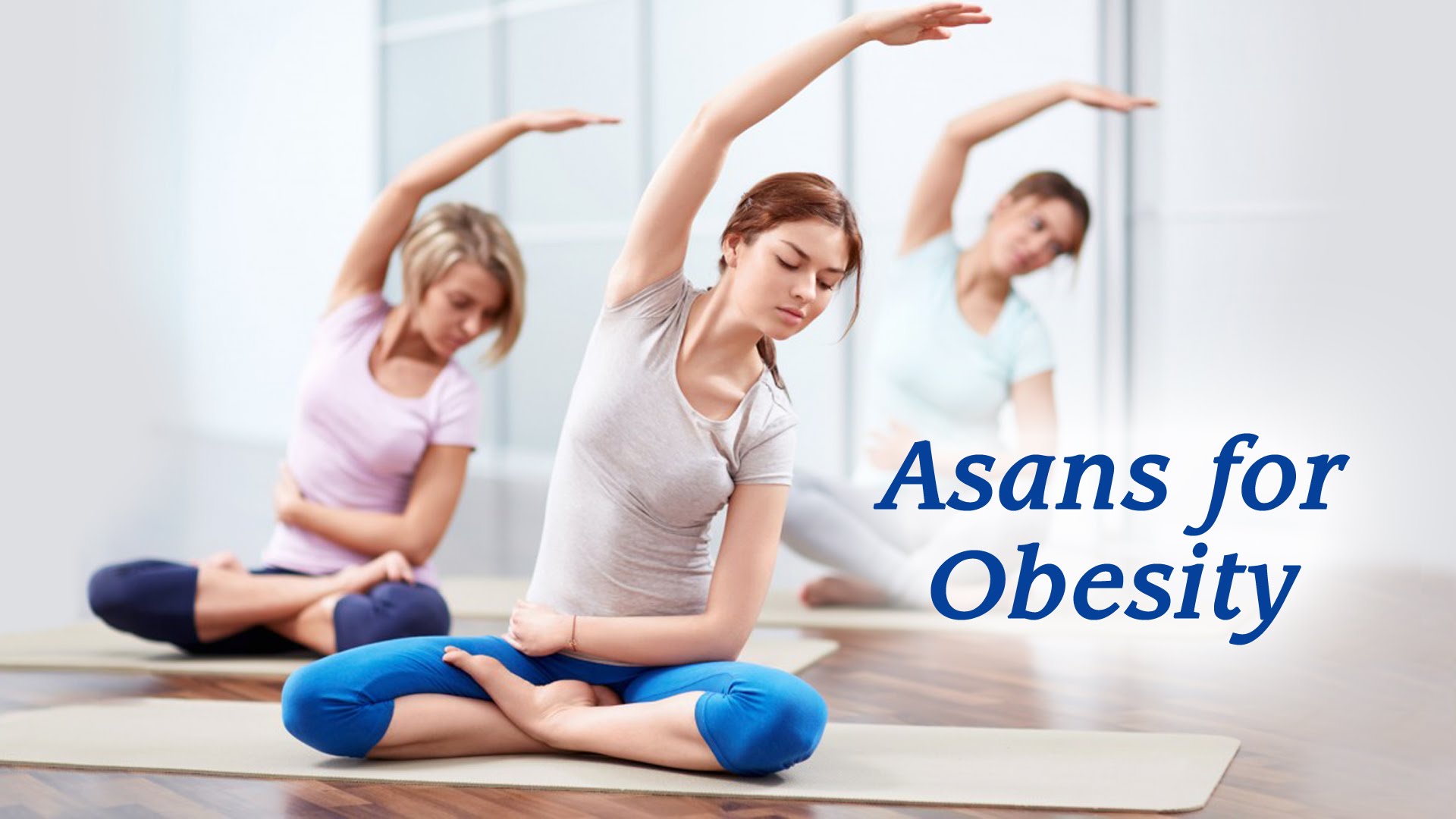
Obesity - A disorder involving excessive body fat that increases the risk of health problems.
Read More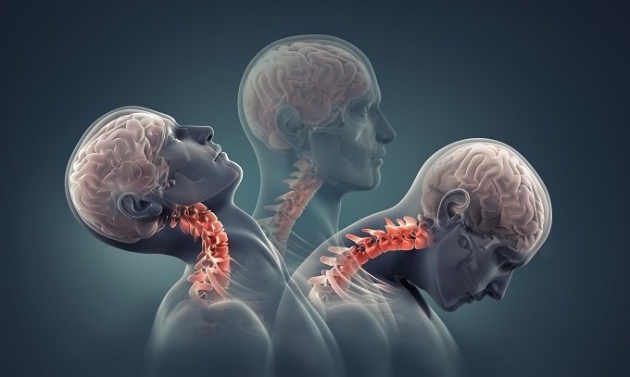
Cervical spondylosis is a common, age-related condition that affects the joints and discs in your cervical spine, which is in your neck.
Read More
Arthritis - Inflammation of one or more joints, causing pain and stiffness that can worsen with age.
Read More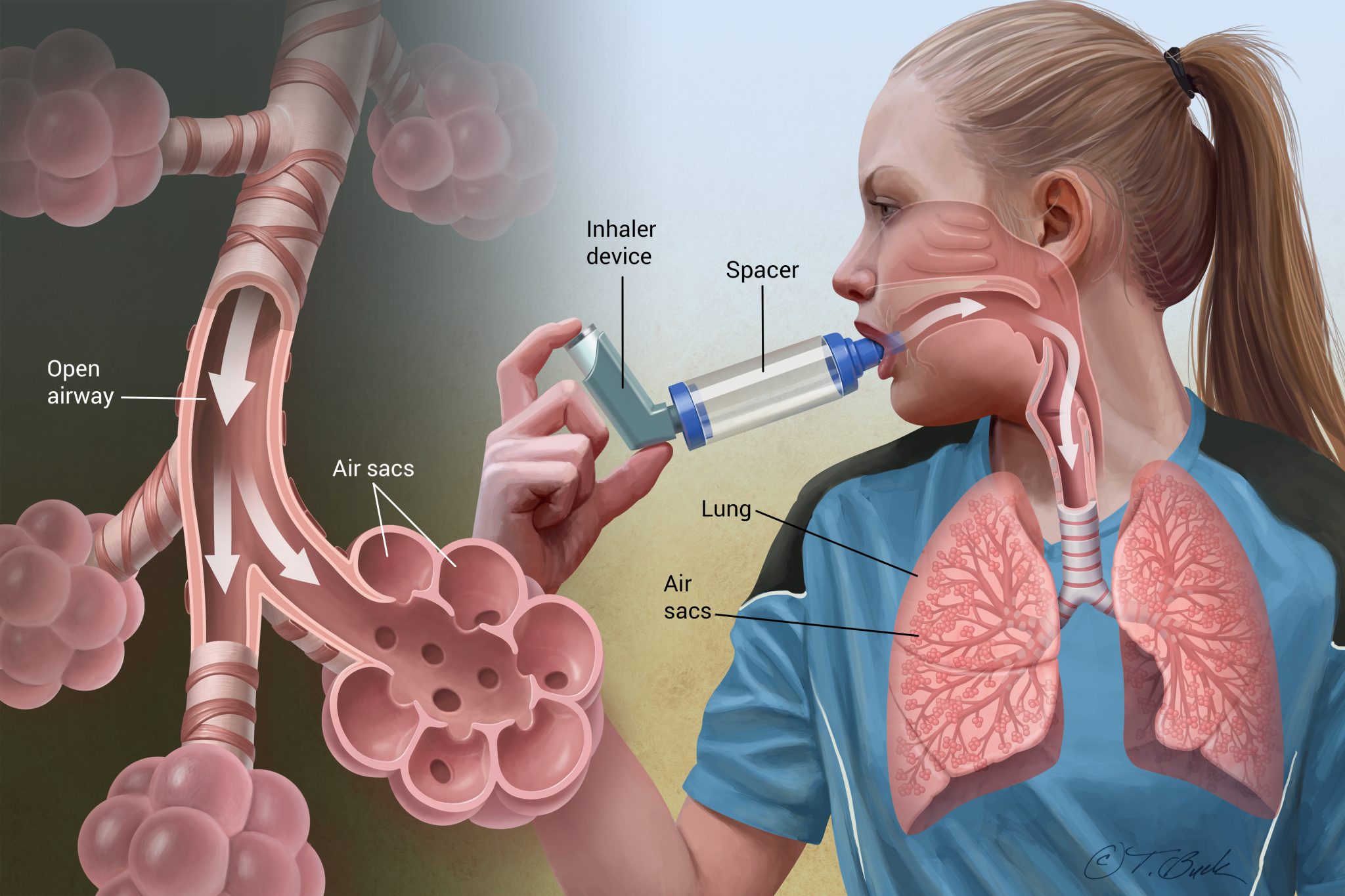
Asthma - A condition in which a person's airways become inflamed, narrow and swell and produce extra mucus, which makes it difficult to breathe.
Read More
A mental health disorder characterised by feelings of worry, anxiety or fear that are strong enough to interfere with one's daily activities.
Read More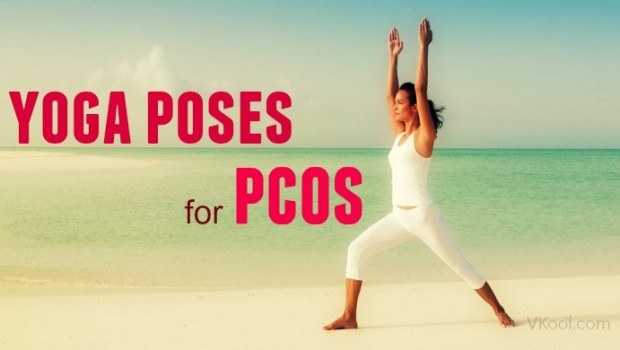
PCOS - A hormonal disorder causing enlarged ovaries with small cysts on the outer edges.
Read More
Thyroid - Thyroid disease is a common problem that can cause symptoms because of over- or under-function of the thyroid gland.
Read More
Osteoarthritis is a degenerative process that causes knee joint pain, stiffness, and swelling.
Read More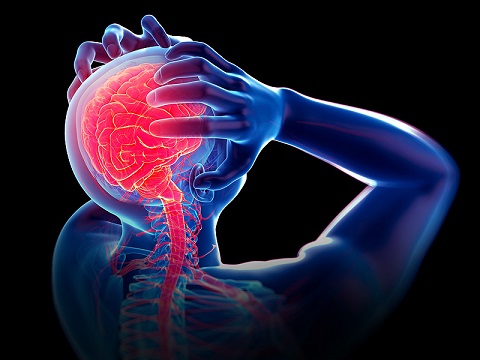
Migraine - A headache of varying intensity, often accompanied by nausea and sensitivity to light and sound.
Read More
Gastric problems are usually more common in diabetics who have had the condition for longer, and is mostly caused by neuropathy affecting certain nerves in the digestive system.
Read More
Eye diseases like macular degeneration, glaucoma, and cataracts, can cause vision problems.
Read More
Shoulder problems happen when the soft tissues in the shoulder break down.
Read More
Yoga is for all age groups kids, children, tenage, young and adults.
Read More
Hair Loss - Hair loss, also known as alopecia or baldness, refers to a loss of hair from part of the head or body.
Read More
Yoga helps to increase your height by opening your ligamnets, stiffed tendons, ball and socket joints.
Read More
Pranayama, breathing exercises, headstand, and fish pose are primarily the best for glowing skin.
Read More
Body Toning - Tone up you body curves and lose weight by yoga asanas.
Read More
General Fitness by yoga includes physical, mental and spiritual wellbeing.
Read More